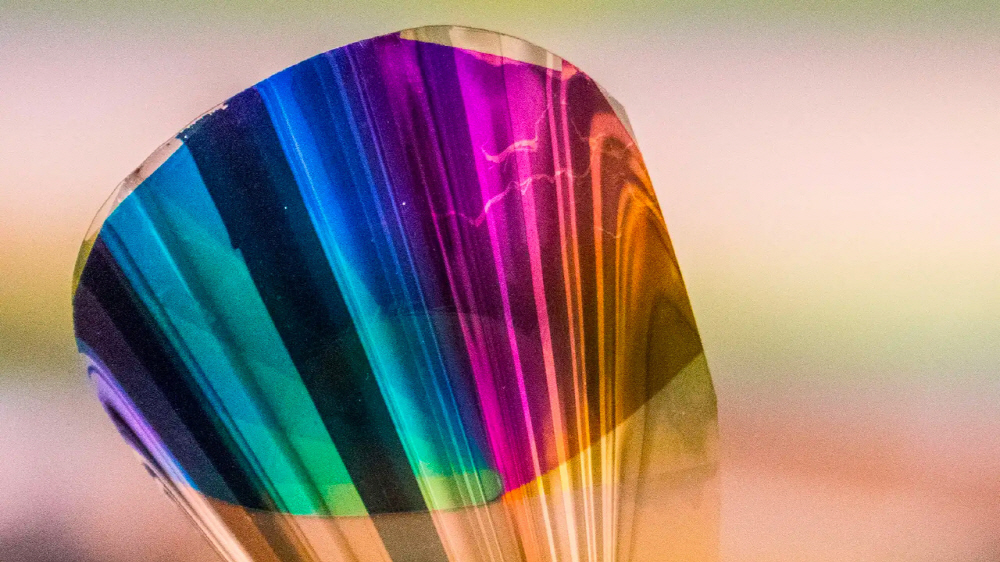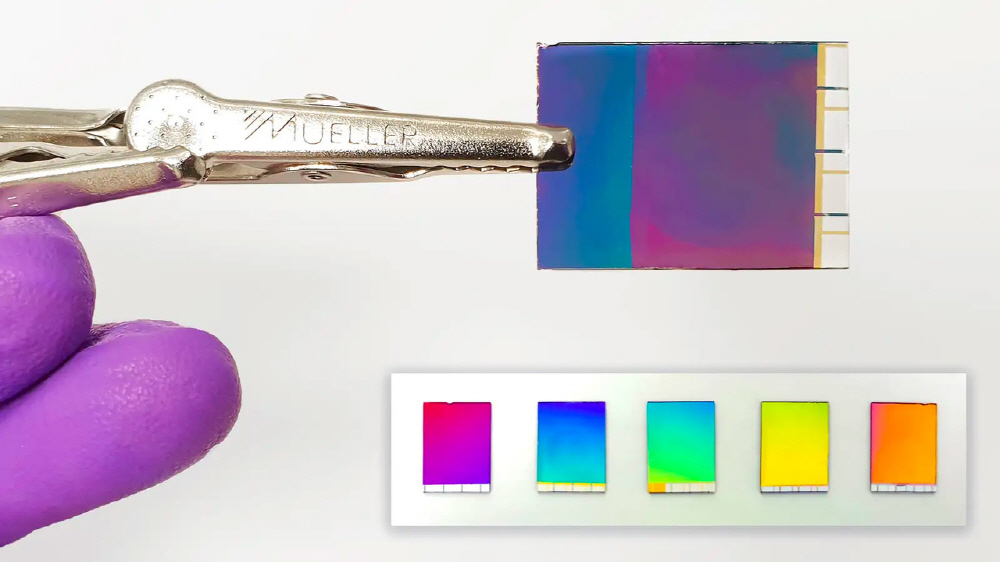
A research team at the Kalmer Institute of Technology in Sweden has developed an e-ink that supports power as easily as paper and Kindle-like on the eyes. The explanation is that it is technically superior to the color e-ink installed in general-purpose devices so far.
Currently, color e-ink can display color while minimizing power consumption, but compared to LCD or OLED displays, it has a problem of lack of clarity. In 2016, the same research team announced the development of a material with a thickness of less than 1 micrometer that is as flexible as paper and capable of color reproduction similar to that of a liquid crystal display. Unlike LCD displays, this material does not emit light and uses a reflective display that reflects ambient light like e-ink.
A new study published in the journal Nano Letters five years after this publication improved the material by a relatively simple method of sorting hierarchical order. The material is made up of multiple layers and contains a layer of porous nanostructured materials, including tungsten oxide, gold and platinum, that reflect light to create different colors, and a conductive layer that can continuously update or modify color, such as in LCD displays. . The materials studied so far have been conductive on the colored nanostructures, but this time, the color reproducibility that can be recognized by the human eye has been improved by placing a conductive layer under the colored nanostructures.

In the past year, e-book readers and tablets that adopt e-ink display technology Kaleido that support the colors provided by e-ink have appeared one after another. Black-and-white terminals such as Amazon Kindle reproduce characters and images as detailed as printed paper, but in color reproducibility, it is difficult to compare with LCD or OLED displays. Although more than 16 million colors can be reproduced even on the LCD display adopted for inexpensive smartphones, the color reproduction of Kaleido e-ink is 4,096 colors, so it has a long way to go.
Of course, there are also challenges with the technology developed this time. Since expensive materials such as gold and platinum are required for the material, the cost is high. The materials used for e-ink displays are not that expensive, and e-book readers can use them for less than $100. When a product adopting this display technology comes out, it may be important whether the price difference is attractive or not. First of all, technically, it is hopeful that e-ink can be produced with ultra-low power and easy to see and vivid colors like paper. Related information can be found here.

